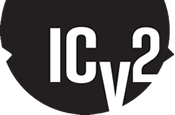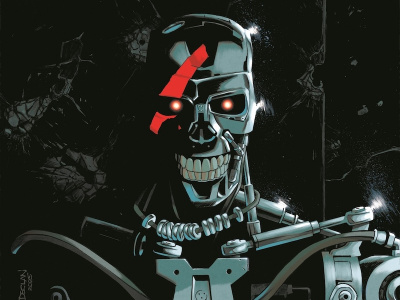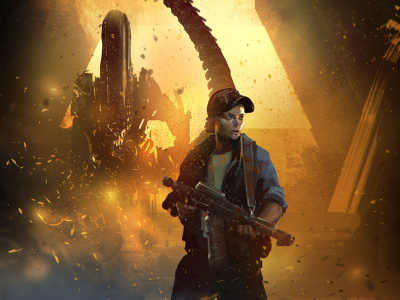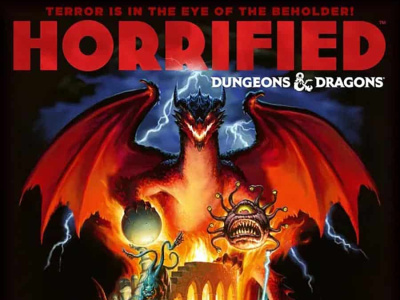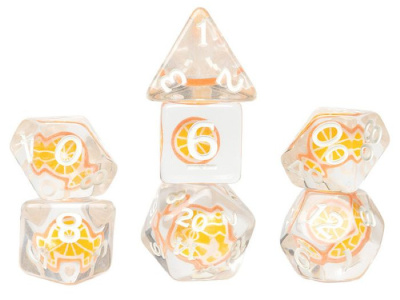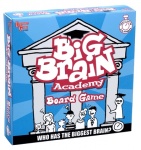
We spent some time with University Games president Bob Moog talking about the upcoming launch of the company's
Can you tell us about the connection between the Nintendo Big Brain Academy game and your games?
What we've done is taken the Big Brain Academy Nintendo game and made it into a social interactive board game for children and families. It's really challenging. When you play our game, you win chips for getting questions correct. But these are not trivia questions, they're really mental acuity questions that touch different parts of the brain. So there's some questions that are geared toward challenging the parietal lobe of the brain, and there's others that hit the occipital lobe of the brain, and there's some that hit the frontal lobe. The idea is that people can play this game and one person might be really good in the exercises that have to do with quick calculations and another person might be really good at spatial relationships. So you can have fun with your friends seeing where you're stronger versus them.
How long has the Nintendo game been out?
It's been out for about eight to ten months, and our game will start shipping in June. It's geared to be a fun family team game, so it's designed to be played in teams, and we've expanded quite a bit from what Nintendo had in their game. We've added a category with tangrams, we've added a tongue twister category, and we've added a word jumble category. For people who know the Nintendo product, they're going to find ours to be an expanded version. For people who don't know it or aren't interested in it, ours is just a great social interactive party game.
What's the target demo of the Nintendo game and your game?
The Nintendo game, as far as I understand it, they're looking at 18 to 45, a little older than their normal demographic. We have a split target. We have a family target, that would be 12 to 35, and then we have an over 60 target. The over 60 target are people who are becoming aware of the need in
So that's an expansion of the target from the Nintendo game?
Yes. They aren't really trying to hit that older demographic, but both markets are important. The family market is really important to us too.
How did the Nintendo game do?
Fantastic, it's been a top 10 game ever since it was released.
You've got two games, the board game and the card game. Can you talk about the differences and how those might fit different needs?
The board game is designed for team play and it includes a molded plastic scale that we designed, so you can actually weigh the chips you have. Normally in a game you'd see who has the highest score or the most chips or who got the most answers correct and that's the winner. In our game, you have to take all your chips and put them on the scale and the person who has the heaviest brain, the chips that weigh the most, wins the game. And what we've done to make it a little more interesting is the chips have different weights to them, so you can't just count the chips, we have three different weights to the chips and different categories allow you to win different sized chips. So you literally have to take them all and dump them into the scale to find out who won.
In the card game, that's designed to be a single player game, it's designed to be a 15-20 minute activity, where the board game is more like 40 to 60 minutes. It's really something that people can do on their own, and they can practice and get better at it. Since these aren't trivia questions, you can do the same cards over and over again and continue to get faster.
What are the MSRPs?
The board game is $29.95, and the card game is $5.95.
The card game is single player, how many players play the board game?
It's played in teams, and the teams can be anywhere from two people up to five people. So with two teams, you can have four to ten people playing. Although you can play teams of one, I think you can say you could play it with as few as two, so two to ten people.
What kind of distribution do you expect to get, and do you expect to sell this in mass?
The board game will have very broad distribution. It will be in bookstores, independent stores, some museum stores and in mass market stores. The card game will have narrower distribution, and we're really focusing on the specialty traits of the card game.
Why that difference in focus for the card game?
Our feeling is that given the price point of the Nintendo DS system, which is more than $30, that there's going to be people looking for a fun party game that isn't as expensive as that, and they'll buy the board game. We think the card game will be year two in the mass market accounts, but in year one we want to try and get that into places where people are interested in the concept of mental fitness, but they don't want to have a $30 retail price in their stores. There's a lot of stores that are looking for products that retail for under $15, and those are the places we're going to really focus on the card game.
Is this a one off?
I'm glad you asked that question. The Big Brain Academy and our partnership with Nintendo is designed to provide a full line of games that kids and families can use to build up their brain power and to sharpen their brains. So we're hoping over the next three years to come out with eight to ten different products that are all aligned with this brand, and the idea is to give people lots of different ways to have fun thinking.
So it is going to be a line?
